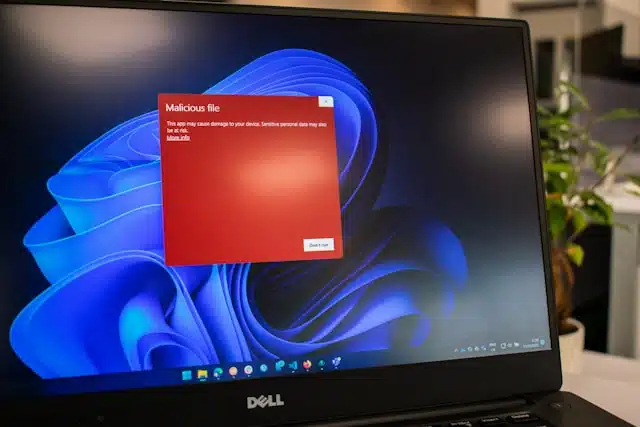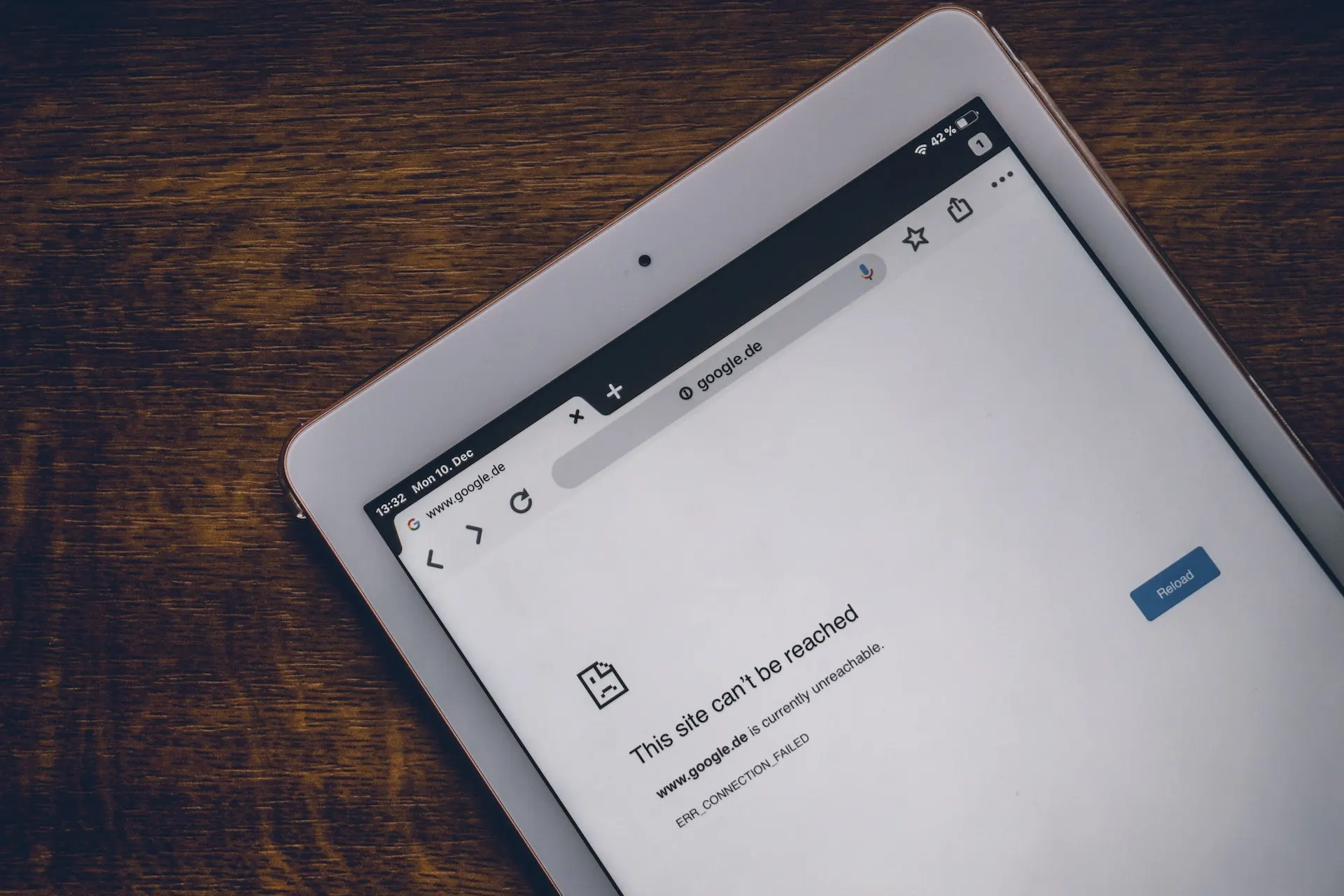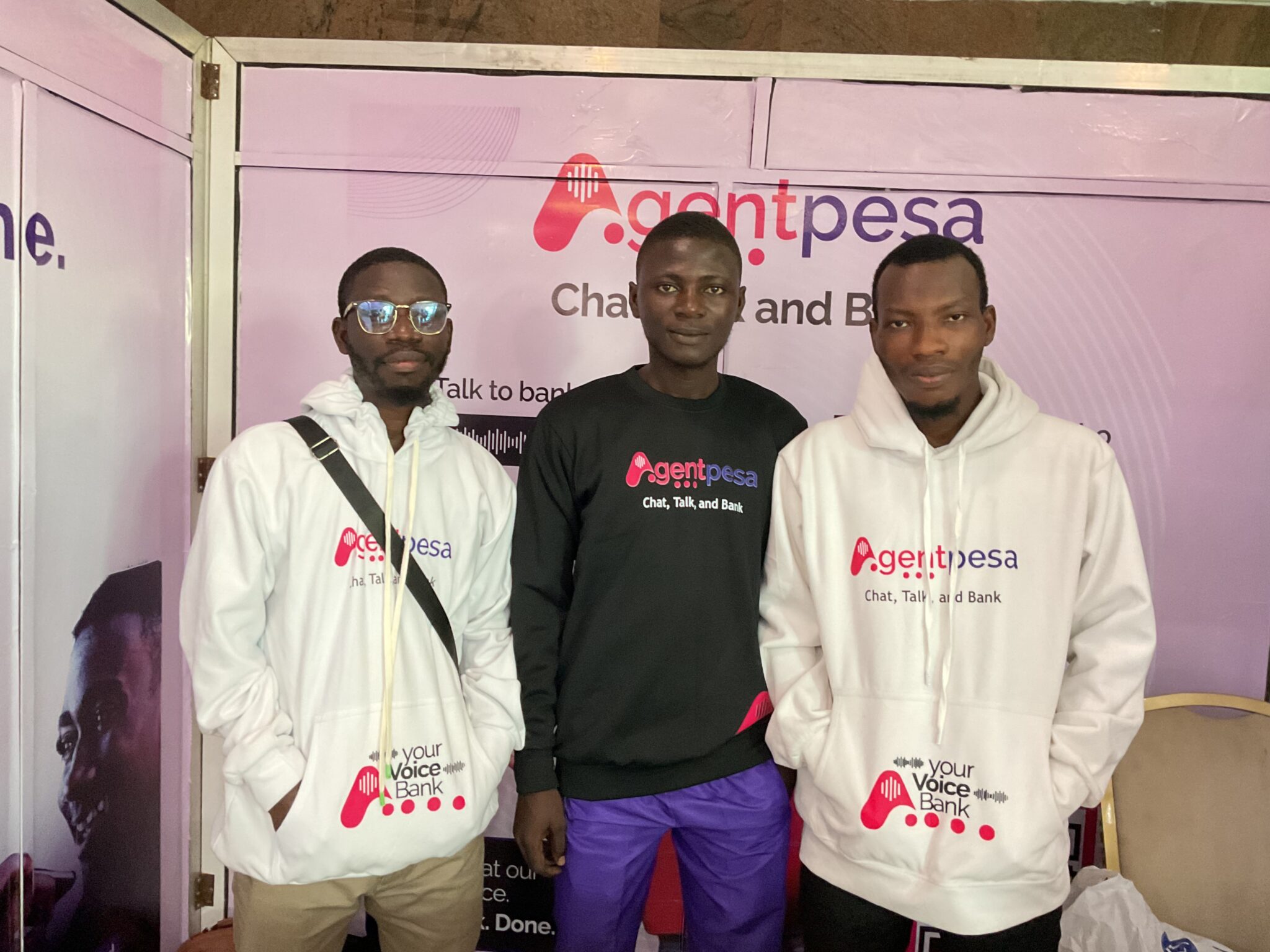Flutterwave, YellowCard, and Onafriq have joined Circle Payment Network (CPN), a network launched by Circle, the company behind USDC, a widely used dollar-pegged stablecoin. Flutterwave said in a Facebook post that the stablecoin network will allow it to “offer faster, cheaper, and compliant cross-border payments.”
The CPN, which was launched on April 21, 2025, now has 28 participants from global financial institutions, including FOMO Pay, HIFI, Inswitch, Legend Trading, Nilos, and Noah.
How will Circle Payment Network work?
According to a statement by Circle, “CPN provides financial institutions with a modern way to move money globally with speed.”
Jeremy Allaire, Co-Founder, Chairman, and CEO of Circle, said that “Since our founding, Circle’s vision has been to make moving money as simple and efficient as sending an email.”
According to the CPN Whitepaper, the system uses blockchain technology to enable fast, low-cost payments between financial institutions. But instead of going fully on-chain right away, CPN starts with a hybrid model — combining traditional systems with blockchain.
In this first phase, the process begins off-chain. A financial institution, called an Originating Financial Institution (OFI), uses Circle’s API to start a payment.
The OFI signs the request to send USDC or EURC to a recipient. Circle then checks that the request is valid and broadcasts the transaction on a supported blockchain, making sure the right amount reaches the Beneficiary Financial Institution (BFI).
Circle acts as both the operator and referee, ensuring everything runs smoothly and on time.
Smartcontract powered FX
Over time, CPN will shift to a more advanced setup using smart contracts. These are pieces of code that live on the blockchain and automatically carry out payments once certain conditions are met.
In this next phase, OFIs will send payments directly through smart contracts, which will confirm the token type, amount, and recipient before executing the transfer.
This change will reduce human errors, speed up settlements, and automate fee collection. It will also make transactions more transparent.
Each payment will have a unique ID and timestamp, making it easy to track and reconcile for compliance and recordkeeping.
Circle also plans to introduce an “undo” feature, giving senders a short window to cancel mistaken payments before they are finalised.
Eventually, CPN will support real-time stablecoin swaps, allowing members to exchange USDC, EURC, and other stablecoins instantly on-chain.
This could turn the network into a sort of foreign exchange system on the blockchain, handling pricing, bids, and efficient routing between different digital currencies.
For companies like Flutterwave, this opens up new possibilities. They could soon be able to use CPN to offer faster international payments, reduce transaction fees, and possibly let their users hold and transfer stablecoins like USDC directly on their platform.
Stablecoins and blockchain-based payments continue to grow in popularity, while companies like Zone have regulated blockchain solutions that can cater to African financial institutions, foreign companies like Circle are taking the market away from them.
Kenya has also decided to partner with Canadian-based DeFi Technologies to launch a Kenya Digital Exchange (KDX), a regulated platform aimed at tokenising real-world assets.
Meanwhile, as more blockchain solutions come up, only time will tell if they will stand the test of time, and if the future of global finance is decentralised.











